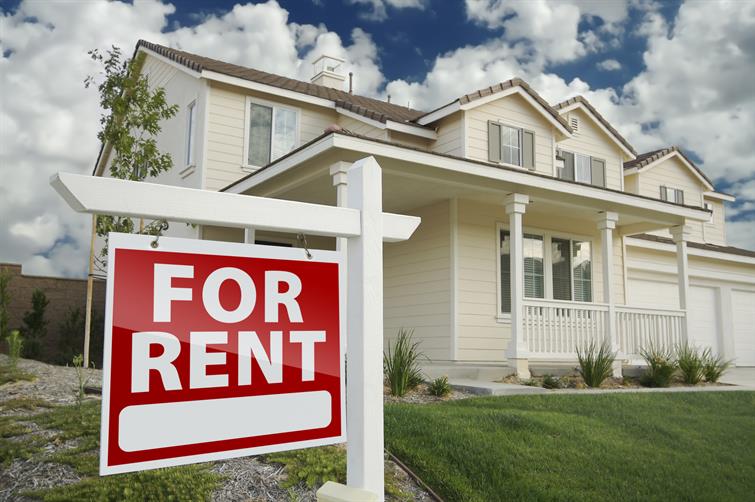The most profitable types of rental properties depend on location, market demand, and investment strategy. However, some property types consistently perform well in today’s market:
1. Short-Term Rentals (Airbnb/Vrbo)
Why? High nightly rates, especially in tourist hotspots, business hubs, or near major events.
Best Locations: Vacation destinations, urban centers, and college towns.
Considerations: Local regulations, seasonal demand, and management costs.
2. Multi-Family Homes (Duplexes, Triplexes, Quadplexes)
Why? Multiple income streams under one roof, economies of scale, and strong demand for affordable housing.
Best Locations: Suburban areas, growing cities, and near employment hubs.
Considerations: Higher upfront cost but better cash flow than single-family homes.
3. Single-Family Rentals (SFRs)
Why? Steady demand from families, lower turnover than apartments, and potential for appreciation.
Best Locations: Suburbs with good schools and amenities.
Considerations: Rising interest rates may affect affordability for buyers, increasing rental demand.
4. Student Housing (Near Universities)
Why? Consistent demand, ability to rent by the room (higher total income).
Best Locations: College towns with limited on-campus housing.
Considerations: Higher turnover and potential for property wear-and-tear.

5. Luxury Rentals (High-End Condos/Homes)
Why? Higher rental rates, longer leases, and affluent tenants.
Best Locations: Major cities (NYC, Miami, LA), affluent suburbs.
Considerations: Higher upfront costs and competition.
6. Storage Units & Self-Storage Facilities
Why? Low maintenance, high demand (especially in urban areas), and recession-resistant.
Best Locations: Near residential areas or commercial zones.
Considerations: Lower management effort but requires initial capital.
7. Mobile Home Parks
Why? Low overhead, high demand for affordable housing, and multiple revenue streams (lot rent + home sales).
Best Locations: Rural or semi-urban areas with limited housing options.
Considerations: Zoning laws and community management.
8. Co-Living Spaces (Room Rentals)
Why? Maximizes income by renting individual rooms (common in HCOL areas).
Best Locations: Big cities (San Francisco, Austin, Seattle).
Considerations: Higher management intensity.
9. Commercial Rentals (Retail, Office, Industrial)
Why? Long-term leases, stable tenants (if in a good location).
Best Locations: High-traffic retail areas, logistics hubs.
Considerations: Higher vacancy risk in economic downturns.
10. Vacation Rentals (Beach Houses, Cabins, Ski Chalets)
Why? Premium pricing during peak seasons.
Best Locations: Tourist-heavy areas (Florida, Colorado, coastal regions).
Considerations: Seasonal fluctuations and higher maintenance.
Key Factors for Profitability:
Location (Job growth, population trends, rental demand)
Cash Flow (Rent minus expenses)
Appreciation Potential (Long-term value growth)
Tax Benefits (Depreciation, deductions, 1031 exchanges)
Financing & Leverage (Interest rates, loan terms)
Final Tip:
The best rental property depends on your budget, risk tolerance, and market conditions. Short-term rentals and multi-family properties are currently among the most profitable, but always conduct local market research before investing.

